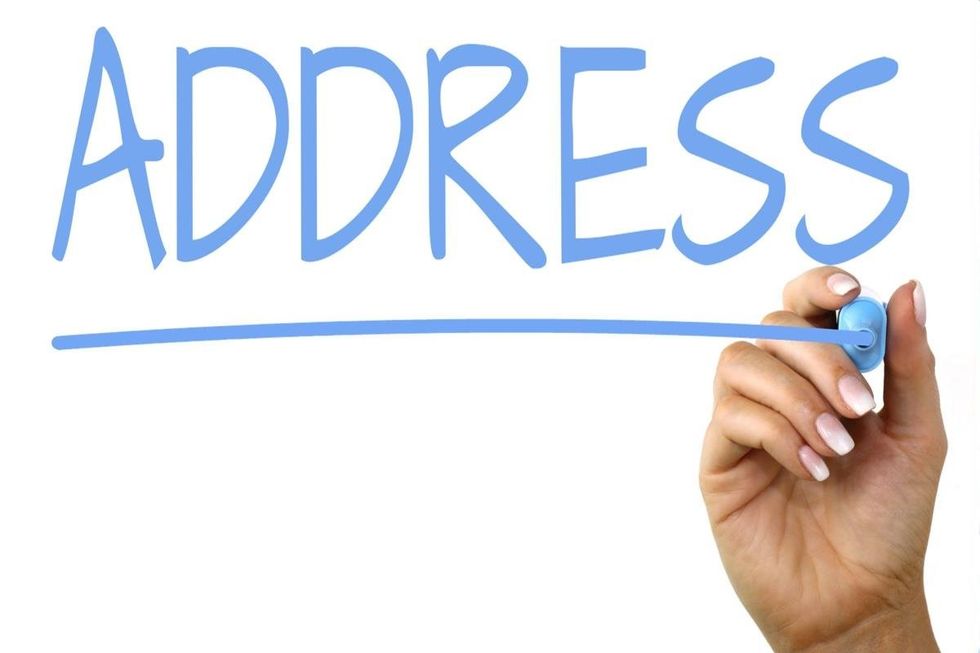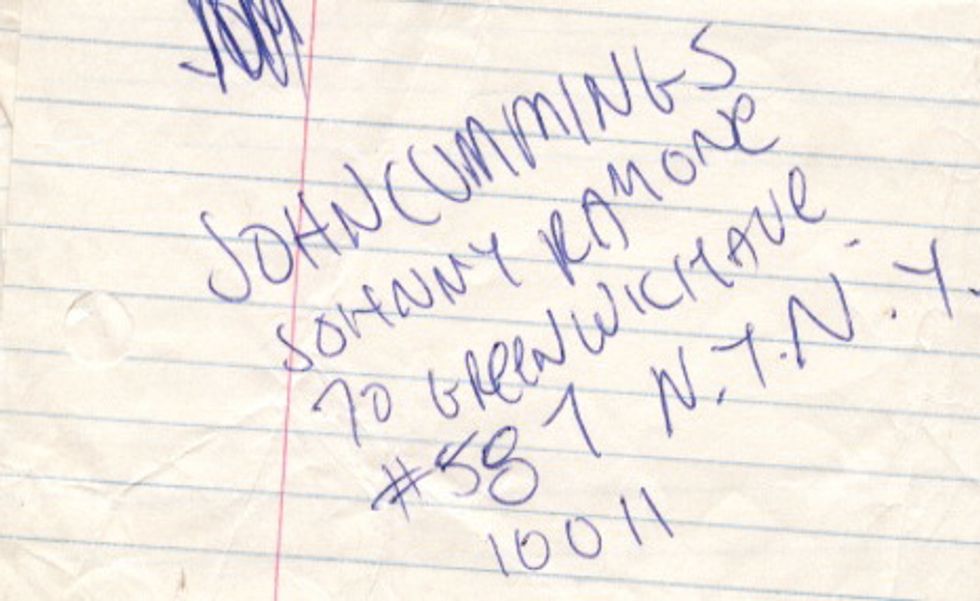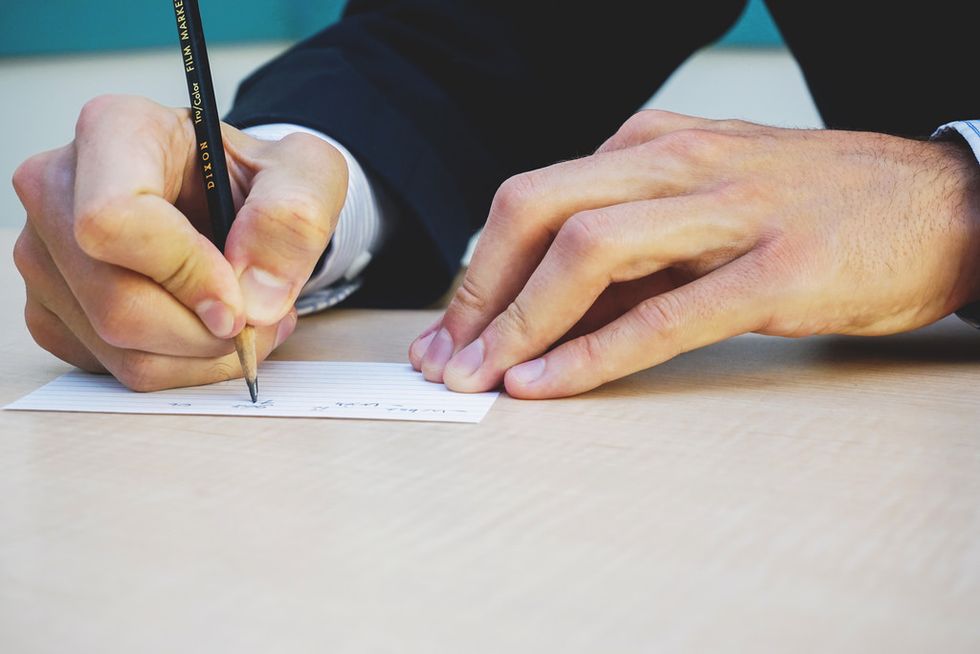Building the perfect resume and cover letter is very important for getting a job, especially if you are just coming out of college. Not having too much experience means you need to wow them with what you are able to put on your resume with no job experiences. You must make your resume before your cover letter. Here is what you need to know.
1. Skip the "career objective" portion of the resume

You may always see this on the resume templates you find online, you almost never need to fill this section out. The only time you may need to have this part of your resume is for career fairs where you are going to talk to several employers.
2. Education

Since you are still in school, this is the second most important portion of your resume. You must say the degree you have, or are working towards, and when you are expected to graduate. Underneath your graduation date, you should have your major and then the name of the college you go to under that. Some employers require you to put your GPA in your resume, but if they do not mention that, then only put your GPA on your resume if it is a 3.0 or higher. Along with your degree and major, you should have any rewards you received during your college career and relevant courses you took. If there is a course that is important for the job you are applying to, then put that in your resume to show what you learned and why you could be useful.
3. Any skills that will help you with the job

You must always put down any skills you have that may be relevant to the job you are applying to. These could include: computer program skills, like adobe, Microsoft, etc.; communication skills; writing skills, and many more you may think they are looking for.
4. References

You will always need to have a recommendation letter. Most employers look for at least three letters, but they could ask for more. If they do not mention a specific number, it is always best to get three. When employers say they want a specific amount of recommendation letters, that is not a suggestion. Always get that exact number of letters, not any more or any less than that. They want to see if you can follow directions by putting specific requirements on their job ad. On your resume, you should always put at the very bottom, after your sign off, how many recommendation letters you have attached to your resume.
5. Start your cover letter: your own address on the top

The first thing you should put on your cover letter is your home and e-mail address. The home address comes first and then after the zip code, you put your e-mail address directly underneath it.
6. Business address

Once you have your address, you must research the company you are applying to for their specific business address. You also need the name of the person who will be looking at your resume. This is typically gonna be the HR person, but sometimes it may be someone different. That is why researching the company is important for the cover letter.
7. Writing the actual letter

The first paragraph, similar to that of a normal paper, introduces who you are and how you will be perfect for the job. This is also where you can show that you really researched the company. Make sure you do not use "I" too many times. You do not need to refer to yourself in the third person, but there are other ways to get around from using "I" all the time. The body paragraph then comes next. This is where you will reference certain important skills that you put on your resume. On your resume, you could not elaborate too much on your skills. In the cover letter, you can tell them specific times where you used those skills and for what kinds of projects. This shows that you really applied those skills in your life and they always look for those types of people. The closing paragraph is where you say "thank you for taking your time in reading my resume," You can also mention that you are hoping to hear back from them about an interview, and let them now that you are available at any time to meet with them.
8. The sign-off

Make sure to only use sincerely at the end of your letter. You never want to say "from", or "love" or anything like that. You can also put what all is enclosed with your cover letter: resume, recommendations, etc.



















